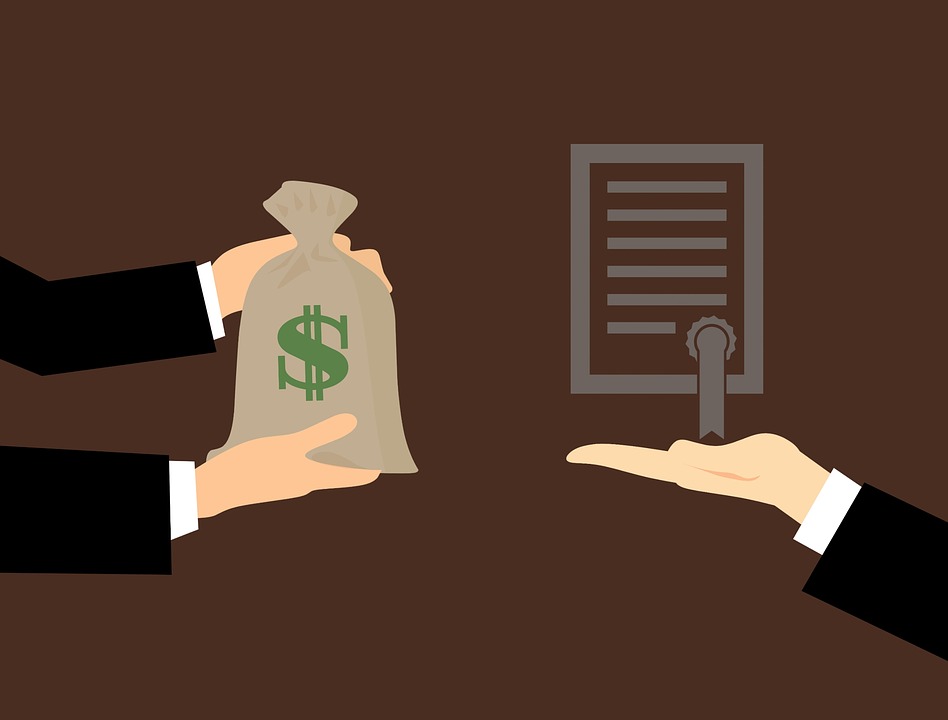Wait! Are you sure this licensing agreement protects all your rights? You must take care of this before letting someone use your intellectual property. You should have knowledge about the types of licensing and how to secure your intellectual property.
Let’s first consider what the types of licensing for intellectual property are:
- Copyright licensing
Artistic works like books, photography, musical recordings, paintings, plays, newspaper articles, sculptures and magazines, copyright is applicable. The copyright owner has the following rights defined in the U.S. Copyright Act of 1976:
- To make copies of the work
- To perform the work publicly
- To distribute copies of the work to the public
- To prepare derivatives of the work
- To display the work publicly
For example: A publisher owning the copyright to a book can assign limited rights to another company to adapt and market the book.
Enforcing software copyrights is very challenging. Software licenses are end user agreements which come in two forms, single user licenses and multi-user licenses.
- Patent licensing
Patent is applicable for unique product concepts, innovations, processes and for all sorts of business purposes. It legally protects the rights of the patent holder. Patents can be licensed under a variety of circumstances.
For example: Smaller firms may earn by licensing their innovations to larger firms for marketing.
- Trademark licensing
Using trademark and service licensing, the trademark owner sells the right to use his distinctive name and logo associate with a product or service.
For example: Disney characters are licensed for various merchandising applications such as toy figures, clothing, lunch boxes, etc.
Before licensing your intellectual property, attain required copyright, patent or trademark.
While Copyrights are automatic in some situations, they should be formally filed with the government. Patents and trademarks are granted by the U.S. Patent and Trademark Office (PTO). Their application process is usually complex.
What to include in a licensing agreement?
The licensing agreement should be as straightforward as possible for both parties to understand and also to get enforced in court easily. You could draft the agreement yourself but make sure to get it checked by an experienced lawyer. It should include the following:
- The scope of the license
Is the scope of your license limited or unlimited? The scope of your license is unlimited if you want the licensee to have unrestricted use of your intellectual property. If you want that the licensee uses your intellectual property only in certain ways and for a limited period of time, the scope of your license is limited. The words used in the agreement should explain the scope of the license clearly.
- Revenue from your licensed product
It is important to define the terms for controlling the revenue generated from the licensed products. In some cases only a one-time license fee paid at the time of purchase is charged. In other cases, monthly lease payment or loyalties are collected. Some license agreements also include ongoing maintenance charges. Depending on your particular situation, figure out the arrangement most suited to you.
- Your agreement could also cover the following topics
Prohibited use of the intellectual property, transfer and sub-license rights, rights to modify and combine your intellectual property with other products, etc.
Whatever your situation, consulting an experienced lawyer will be beneficial as he or she can find loopholes in the agreement and amend it to protect your rights and to the best of your interests. Allow LawTally to help you in your search for the best lawyer.

